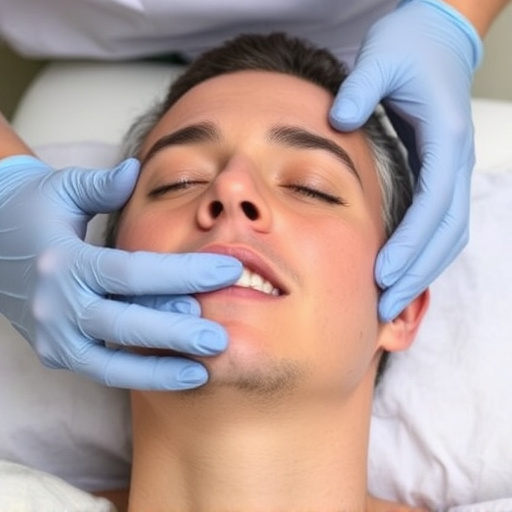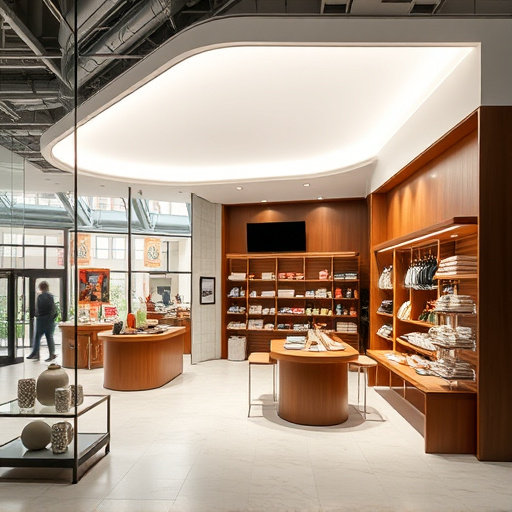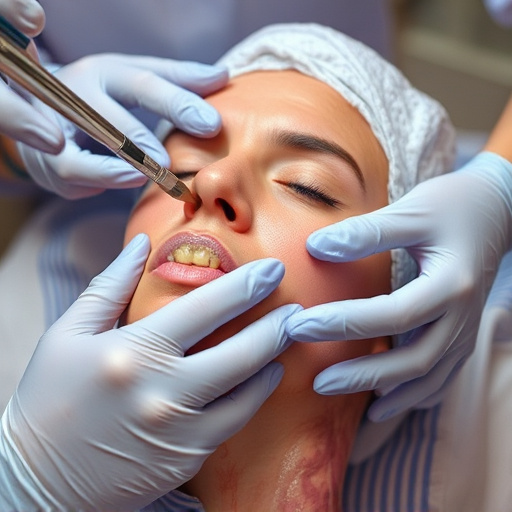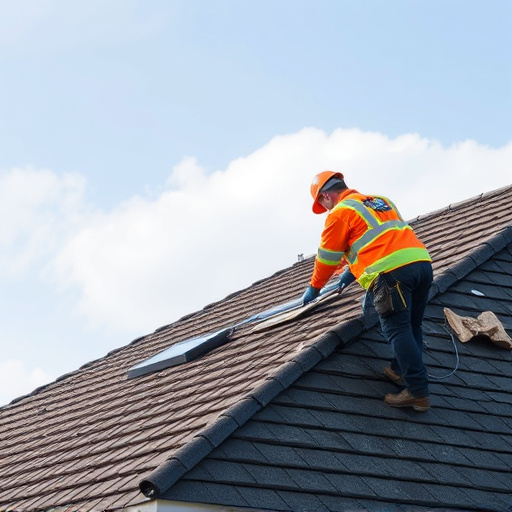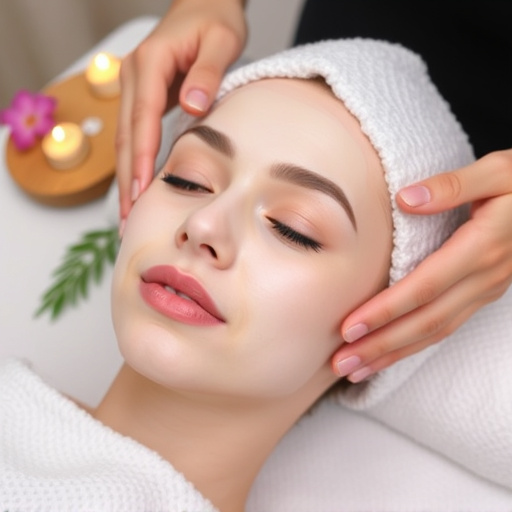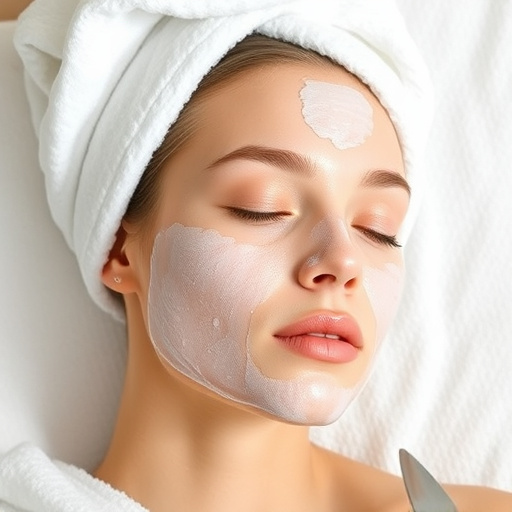A lactic acid peel is a skincare treatment using AHAs to exfoliate and rejuvenate skin by dissolving dead cells, stimulating collagen, and hydrating. Post-peeling care is crucial to prevent over-exfoliation and irritation; specialized routines with gentle cleansers, moisturizers, sun protection, and avoiding harsh products are essential for optimal recovery and brightened skin.
Uncover the mysteries of post-lactic acid peel peeling. This insightful guide delves into the intricate process of lactic acid peels, revealing their potent benefits for skin rejuvenation. From understanding the chemical reaction to deciphering common triggers, you’ll explore effective management and prevention strategies. Discover proven methods to minimize peeling, enhance recovery, and maximize the radiance of your skin post-treatment. Get ready to transform your skincare journey with this comprehensive overview of lactic acid peels.
- Understanding Lactic Acid Peel Process
- Common Causes of Post-Peel Peeling
- Effective Management and Prevention Strategies
Understanding Lactic Acid Peel Process
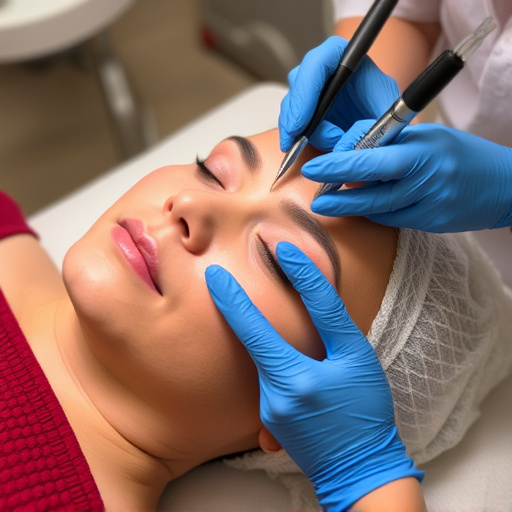
A lactic acid peel is a popular professional skincare treatment aimed at achieving skin rejuvenation. This non-invasive procedure involves applying a concentrated solution of lactic acid to the skin, which gently exfoliates and resurfaces it. Lactic acid, a natural alpha hydroxy acid (AHA), is known for its ability to dissolve the glue-like substance that binds dead skin cells together. By breaking down this bond, it facilitates the removal of top layers of skin, exposing smoother, brighter, and more even-toned skin beneath.
This peeling process stimulates collagen production, a key component in maintaining youthful-looking skin. Additionally, lactic acid’s humectant properties help to hydrate the skin, ensuring that the new skin layer remains moist and supple. Many individuals opt for lactic acid peels as part of their anti aging treatments, as they can reduce fine lines, wrinkles, and hyperpigmentation, resulting in a more radiant and youthful complexion.
Common Causes of Post-Peel Peeling
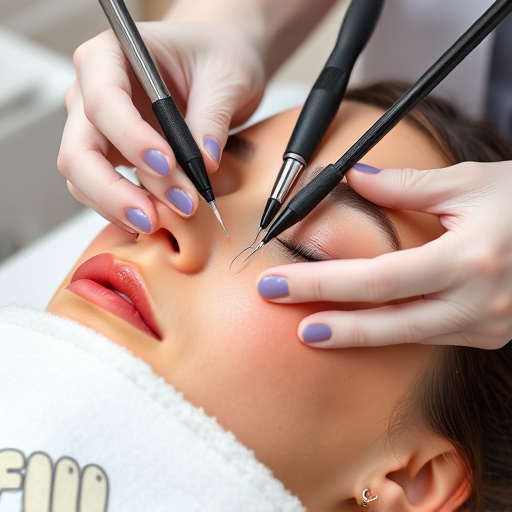
The peeling that occurs after a lactic acid peel is a natural response by the skin to the chemical exfoliation process. Several factors can contribute to this post-peel peeling, offering insights into why some individuals might experience more intense or prolonged effects than others. One of the primary causes is over-exfoliation, where the treatment removes too many outer layers of the skin, leading to temporary sensitivity and flaking. This is especially true for those undergoing more aggressive lactic acid peel strengths.
Another common cause is improper post-treatment care. Without the right hydration and protection, the skin’s natural barrier can be compromised, making it more susceptible to irritation and peeling. Additionally, underlying skin conditions like eczema or rosacea can make individuals more prone to peeling after a lactic acid peel, as these conditions often require specialized care that complements professional skincare treatments for optimal results in skin brightening and body contouring.
Effective Management and Prevention Strategies
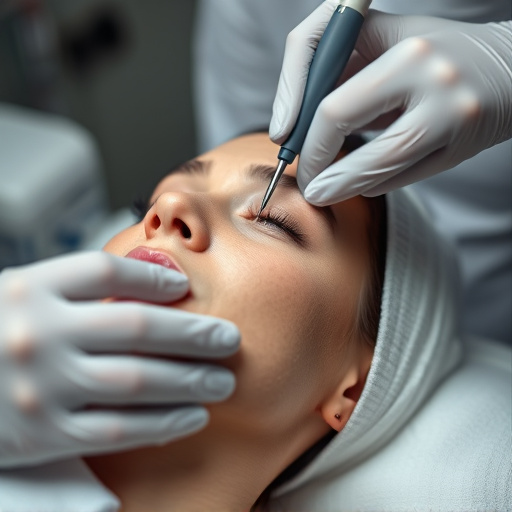
Managing and preventing peeling after lactic acid peels is key to maintaining optimal skin health. First and foremost, it’s crucial to use a gentle cleanser suitable for sensitive skin to avoid irritating the treated area. Additionally, applying a hydrating moisturizer can help alleviate dryness and flaking associated with post-peel shedding.
For those undergoing microneedling therapy or acne treatments that incorporate lactic acid peels, taking proactive steps is essential. This includes avoiding harsh exfoliants and direct sun exposure until peeling subsides. Using broad-spectrum sunscreen daily and staying hydrated are also beneficial strategies to support skin recovery and reduce the visibility of peeling.
Lactic acid peels are a popular skin treatment, but it’s crucial to understand that peeling is a common, temporary side effect. By recognizing the causes of post-peel peeling and implementing effective management strategies, you can ensure a smoother experience. Whether it’s maintaining proper hydration or avoiding certain irritants, these tips will help minimize peeling and maximize the benefits of your lactic acid peel treatment.
